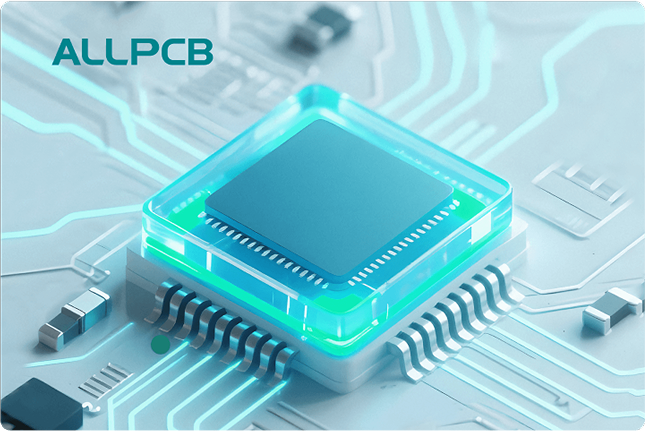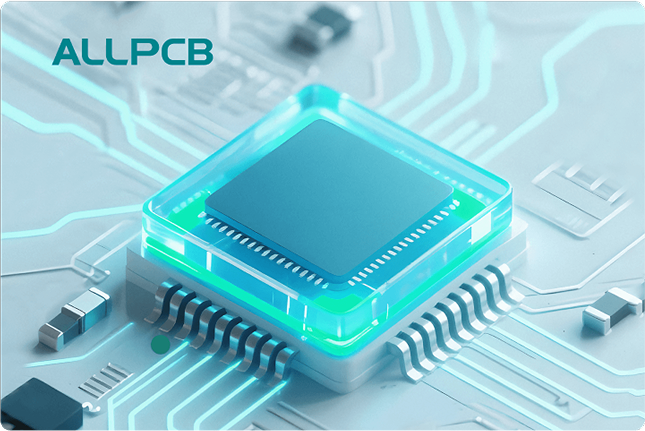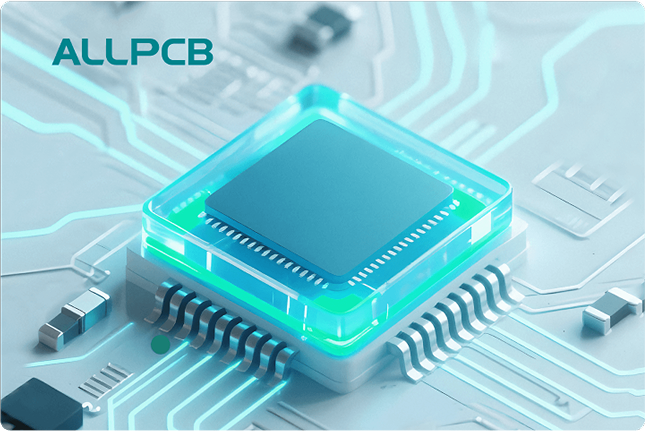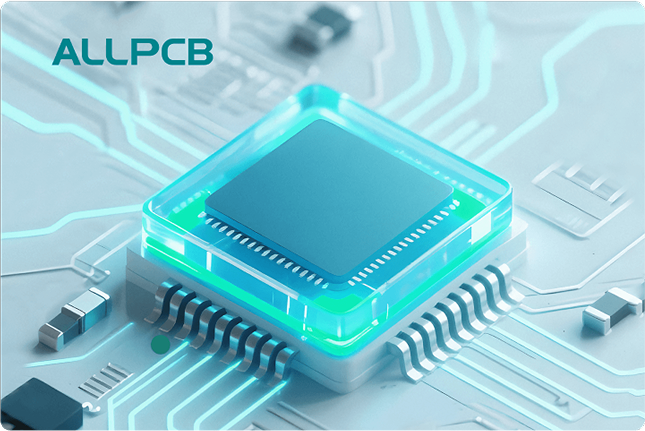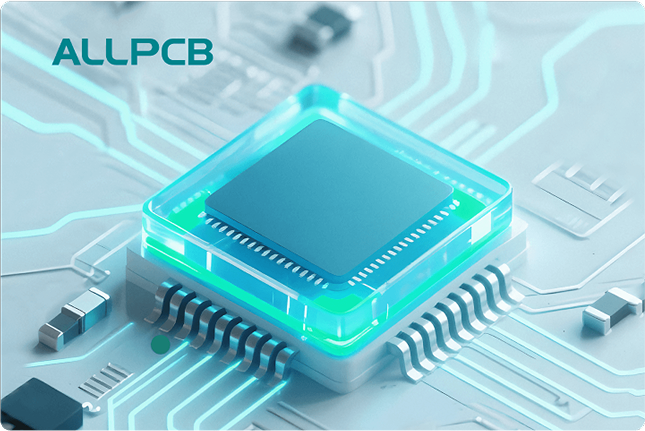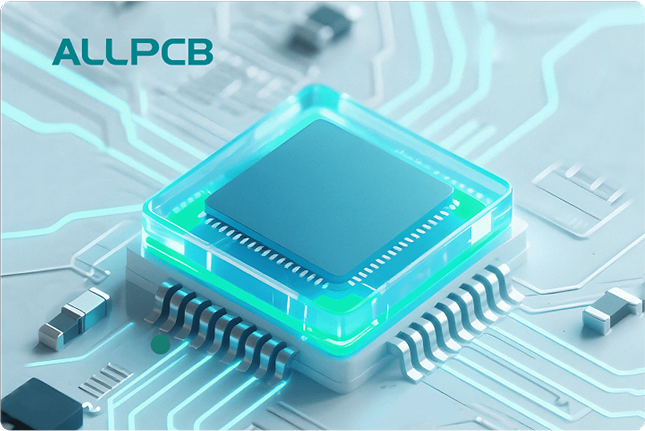If you're in the electronics manufacturing industry, understanding pick and place machine nozzles is crucial for achieving precision and efficiency in your surface mount technology (SMT) processes. Whether you're searching for a guide on pick and place nozzle types, an SMT nozzle selection guide, insights on nozzle material SMT, details about pick and place vacuum nozzles, or practical nozzle maintenance tips, this blog has you covered. We'll dive deep into the essentials of nozzles, helping you optimize your production line with actionable advice and detailed information.
What Are Pick and Place Machine Nozzles and Why Do They Matter?
Pick and place machine nozzles are small but critical components in SMT assembly lines. These tools are responsible for picking up electronic components from feeders and placing them accurately onto printed circuit boards (PCBs). The right nozzle ensures precision, reduces errors, and boosts production speed, while a poor choice can lead to component damage, placement inaccuracies, or machine downtime.
In this comprehensive guide, we'll explore the different types of nozzles, how to select the best one for your needs, the materials used in their construction, and best practices for maintenance. By the end, you'll have a clear understanding of how to enhance your SMT processes through informed nozzle choices.
Types of Pick and Place Nozzles for SMT Applications
Understanding the variety of pick and place nozzle types is the first step to optimizing your SMT assembly line. Nozzles come in different shapes, sizes, and designs, each tailored for specific components or applications. Below are the most common types used in the industry:
- Standard Nozzles: These are the most commonly used nozzles, designed for general-purpose SMT components like resistors, capacitors, and small ICs. They typically have a round or square tip and are versatile for a wide range of component sizes, such as 0402, 0603, and 0805 packages.
- Vacuum Nozzles: Pick and place vacuum nozzles use suction to pick up components. They are ideal for flat or lightweight parts and are widely used in high-speed production lines. Vacuum nozzles often come with rubber or silicone tips to prevent damage to delicate components.
- Custom Nozzles: For non-standard or oddly shaped components, custom nozzles are designed to meet specific requirements. These might be used for larger connectors, LEDs with unique geometries, or components with uneven surfaces.
- Glue Head Nozzles: These nozzles are used when components have sticky or uneven surfaces that make vacuum suction less effective. They often have a shorter lifespan due to wear on the glue tip, so having spares on hand is recommended.
- Mini Nozzles: Designed for ultra-small components like 0201 or smaller packages, mini nozzles offer high precision for microelectronics assembly.
Each type of nozzle serves a unique purpose, and choosing the right one depends on the components you're working with and the demands of your production line. A mismatch can lead to dropped components or misplacements, costing time and resources.
SMT Nozzle Selection Guide: Choosing the Right Nozzle for Your Needs
Selecting the appropriate nozzle for your pick and place machine is vital for ensuring accuracy and efficiency. This SMT nozzle selection guide breaks down the key factors to consider when making your choice:
1. Component Size and Shape
The size and shape of the components you're placing are the primary factors in nozzle selection. For example, a nozzle designed for 0402 components (1.0mm x 0.5mm) won't work effectively for larger 1206 components (3.2mm x 1.6mm). Similarly, components with irregular shapes, like LEDs or connectors, may require custom nozzles to ensure a secure grip.
2. Component Material and Surface
Some components have delicate or sticky surfaces that can be damaged by the wrong nozzle. Vacuum nozzles with soft tips are often ideal for fragile parts, while glue head nozzles work better for uneven or adhesive surfaces.
3. Machine Compatibility
Not all nozzles are compatible with every pick and place machine. Check the specifications of your equipment to ensure the nozzle fits the machine's head and meets its operational requirements. Many machines support specific nozzle series, so verify compatibility before purchasing.
4. Production Speed and Volume
High-speed production lines may require nozzles with enhanced vacuum strength or durability to handle rapid cycles without wear. For lower-volume or prototyping setups, standard nozzles might suffice.
5. Budget and Longevity
While high-quality nozzles may cost more upfront, they often last longer and reduce the risk of errors. Balance your budget with the need for durability, especially if your production involves abrasive or heavy components.
By carefully evaluating these factors, you can select a nozzle that maximizes placement accuracy and minimizes downtime. For instance, a production line assembling smartphone PCBs with tiny 0201 components might use mini vacuum nozzles, achieving placement accuracy within 0.01mm, while a line for industrial equipment might opt for custom nozzles to handle larger connectors.
Nozzle Material in SMT: What You Need to Know
The material of a nozzle plays a significant role in its performance and durability. Understanding nozzle material SMT options helps in choosing a nozzle that withstands the rigors of production while protecting components. Here are the most common materials used:
- Tungsten Steel: Known for its durability and resistance to wear, tungsten steel is often used for nozzles handling abrasive components or high-volume production. It's a premium choice for long-term use but can be more expensive.
- Stainless Steel: A cost-effective option, stainless steel nozzles offer good strength and corrosion resistance. They are suitable for general-purpose applications but may wear faster than tungsten steel under heavy use.
- Ceramic: Ceramic nozzles are ideal for high-precision applications due to their smooth surface and resistance to static electricity. They are often used in cleanroom environments but can be brittle and prone to breaking if mishandled.
- Rubber or Silicone Tips: Many vacuum nozzles feature soft tips made of rubber or silicone to prevent damage to delicate components. These tips are replaceable and extend the life of the nozzle body.
- Plastic: Lightweight and inexpensive, plastic nozzles are less common but can be used for low-speed or prototyping applications. They are not as durable as metal or ceramic options.
The choice of material impacts not only the nozzle's lifespan but also its interaction with components. For example, a ceramic nozzle might be chosen for assembling medical device PCBs to avoid static discharge, while tungsten steel could be preferred for automotive PCB production due to its robustness in high-volume runs.
Pick and Place Vacuum Nozzles: How They Work and Why They’re Essential
Pick and place vacuum nozzles are the backbone of most modern SMT assembly lines. These nozzles use suction to pick up components, making them ideal for flat, lightweight parts like resistors, capacitors, and small ICs. Here's how they work and why they are so widely used:
Vacuum nozzles create a negative pressure through a small opening at the tip, allowing the nozzle to securely grip a component. Once the component is positioned on the PCB, the vacuum is released, and the component is placed. This method is highly effective for high-speed operations, as it allows for quick pick-up and release cycles—often handling thousands of components per hour.
The key advantages of vacuum nozzles include their versatility and precision. They can handle a wide range of component sizes, from tiny 0201 chips to larger SOP packages, with placement accuracy often within 0.02mm. Additionally, many vacuum nozzles have soft tips to prevent scratches or damage, making them suitable for delicate parts.
However, vacuum nozzles may struggle with components that have uneven surfaces or are too heavy for suction. In such cases, alternative nozzle types like glue head or custom designs may be necessary.
Nozzle Maintenance Tips: Keeping Your Equipment in Top Shape
Proper maintenance of pick and place nozzles is essential to avoid downtime and ensure consistent performance. Here are some practical nozzle maintenance tips to extend the life of your nozzles and keep your production line running smoothly:
- Regular Cleaning: Residue from components, such as adhesive or dust, can build up on nozzle tips, reducing vacuum strength. Clean nozzles daily using isopropyl alcohol and a soft cloth or brush to remove debris. For stubborn residue, use ultrasonic cleaning if recommended by the manufacturer.
- Inspect for Wear: Check nozzles regularly for signs of wear, such as cracks, chips, or deformed tips. A damaged nozzle can cause placement errors or component damage. Replace worn nozzles promptly to avoid costly mistakes.
- Store Properly: When not in use, store nozzles in a dry, dust-free environment to prevent contamination or corrosion. Use protective cases or holders to avoid physical damage.
- Monitor Vacuum Performance: A loss of vacuum strength often indicates a clogged or damaged nozzle. Use a vacuum gauge, if available, to test suction levels. If performance drops below acceptable levels (e.g., below 80% of rated capacity), clean or replace the nozzle.
- Use Spares Strategically: Keep spare nozzles on hand, especially for frequently used types or those with shorter lifespans, like glue head nozzles. This minimizes downtime during replacements.
Neglecting maintenance can lead to significant issues. For instance, a clogged nozzle might cause a 10% increase in placement errors, leading to defective boards and rework costs. By following these tips, you can maintain peak performance and avoid such pitfalls.
Best Practices for Optimizing Nozzle Performance in SMT Lines
Beyond selection and maintenance, adopting best practices can further enhance the efficiency of your pick and place operations. Here are some strategies to consider:
- Train Your Team: Ensure that operators are well-trained in nozzle handling, installation, and troubleshooting. Proper training reduces the risk of mishandling, which can damage nozzles or components.
- Document Nozzle Usage: Keep a log of which nozzles are used for specific components or production runs. This helps in identifying patterns of wear and optimizing future selections.
- Work with Reliable Suppliers: Source nozzles from trusted suppliers who offer quality products and after-sales support. A reputable supplier can provide guidance on selection and maintenance, saving you from costly errors.
- Schedule Preventive Maintenance: Incorporate nozzle checks into your regular machine maintenance schedule. Addressing issues before they escalate can save significant time and resources.
- Optimize Machine Settings: Adjust vacuum pressure and placement speed to match the nozzle and component specifications. For example, reducing vacuum pressure by 10-15% for delicate components can prevent damage without sacrificing accuracy.
Implementing these practices ensures that your SMT line operates at peak efficiency, delivering high-quality PCBs with minimal errors.
Conclusion: Mastering Pick and Place Nozzles for SMT Success
Pick and place machine nozzles may be small, but their impact on SMT assembly is immense. By understanding pick and place nozzle types, following an SMT nozzle selection guide, choosing the right nozzle material SMT, leveraging pick and place vacuum nozzles, and adhering to nozzle maintenance tips, you can significantly improve the accuracy and efficiency of your production line.
Whether you're assembling tiny components for consumer electronics or handling larger parts for industrial applications, the right nozzle choice and care can make all the difference. Take the time to evaluate your needs, invest in quality tools, and maintain them properly to ensure long-term success in your manufacturing processes.
With this knowledge in hand, you're well-equipped to tackle the challenges of SMT assembly and achieve consistent, high-quality results in every production run.
 ALLPCB
ALLPCB


